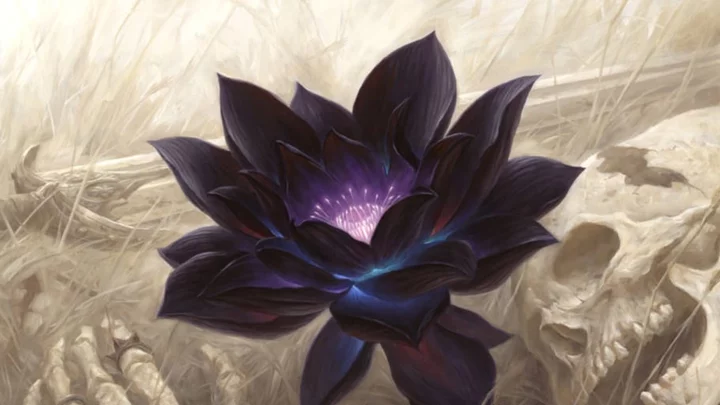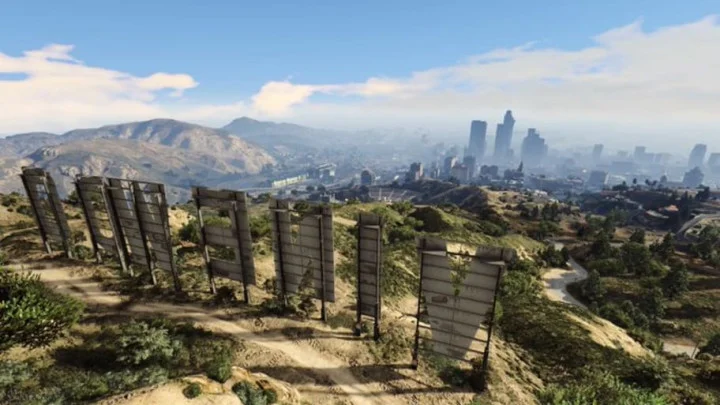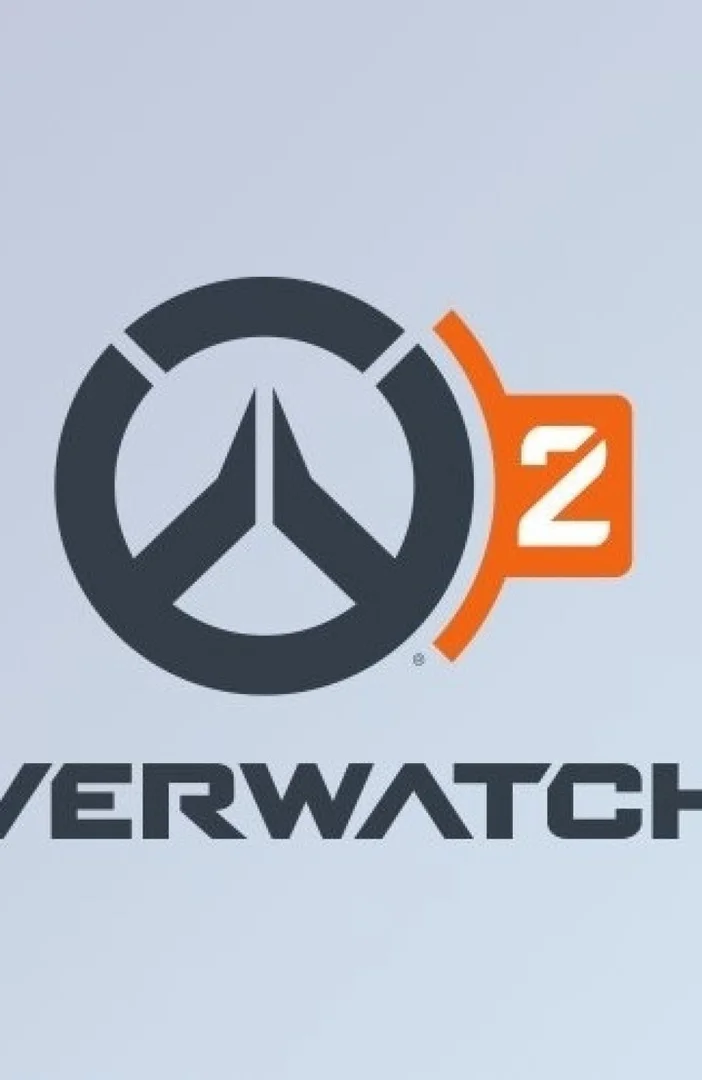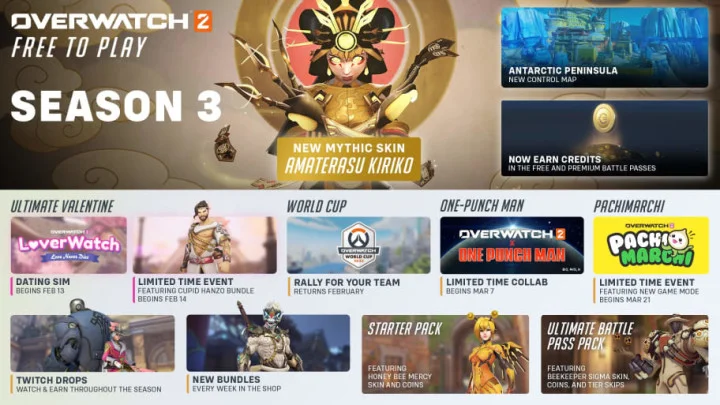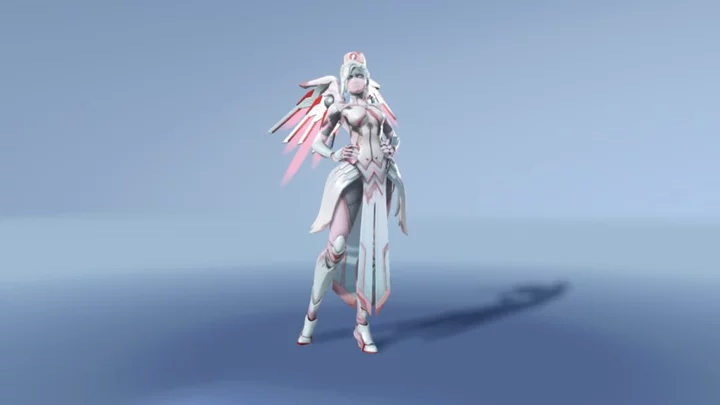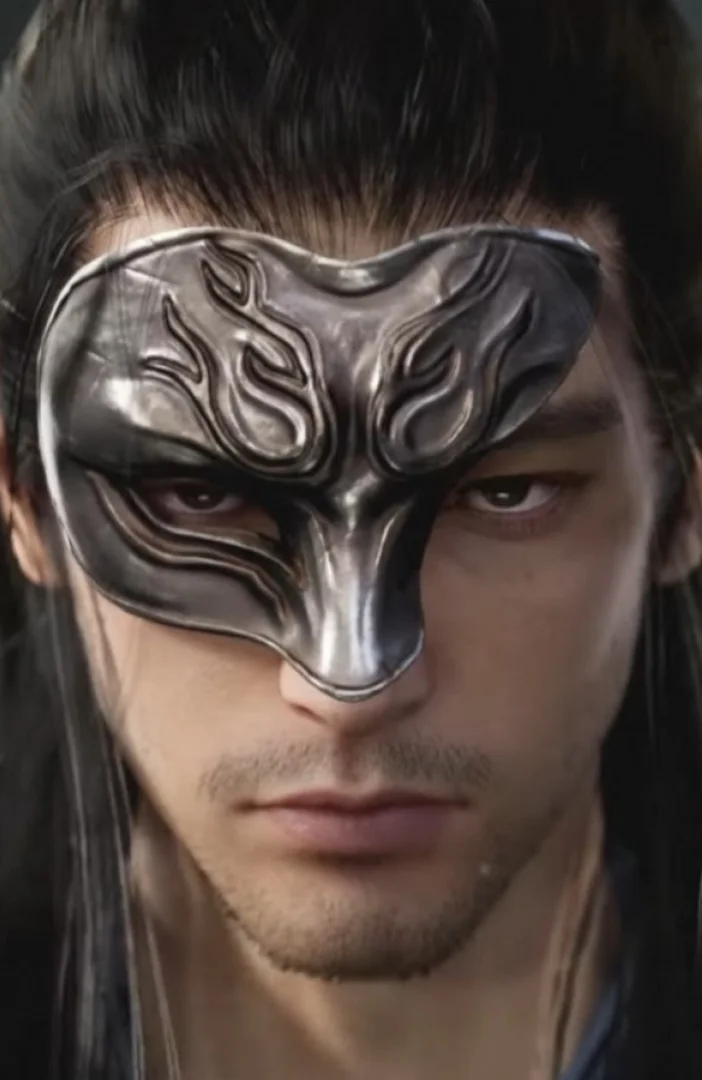Magic: The Gathering Arena is one of the game's best digital adaptations, perfect for decades-long veterans and new players alike. Arena has a multiplicity of formats, ranging from classics like Standard to newer formats like Brawl, Explorer and Historic. Not all of Arena's workings are super clear, however, especially the enigmatic matchmaking system. Here's how MTG Arena's "Hell Queue" works.
MTG Arena features a sophisticated matchmaking and ranking system that aims to create the best matches possible, considering deck construction, player experience and other factors. Sometimes, drastic measures are taken to enforce balance, like the formation of hidden, separate queues.
What is the MTG Arena 'Hell Queue?'
The "Hell Queue" is a term created by MTG Arena players to refer to a hidden matchmaking system applied to the game's Historic Brawl format. The Hell Queue pits highly-competitive decks against one another in order to prevent them from dominating more casual decks. While the workings of the Hell Queue have not been explicitly revealed, it is speculated that a number of specific Commanders trigger placement in the Hell Queue. These include, but are not limited to:
- Esika, God of the Tree
- Golos, Tireless Pilgrim
- Kinnan, Bonder Prodigy
- Teferi, Time Raveler
- Niv-Mizzet Reborn
Decks created with these decks tend to be matched against one another. Escaping the Hell Queue requires playing a different Commander, or potentially altering the rest of the deck with lower-powered cards.
Currently, it is theorized that the Hell Queue only applies to the Historic Brawl format, though matchmaking systems do exist for other formats that weigh decks in similar ways to a lesser degree.
This article was originally published on dbltap as What is the MTG Arena 'Hell Queue?'.

